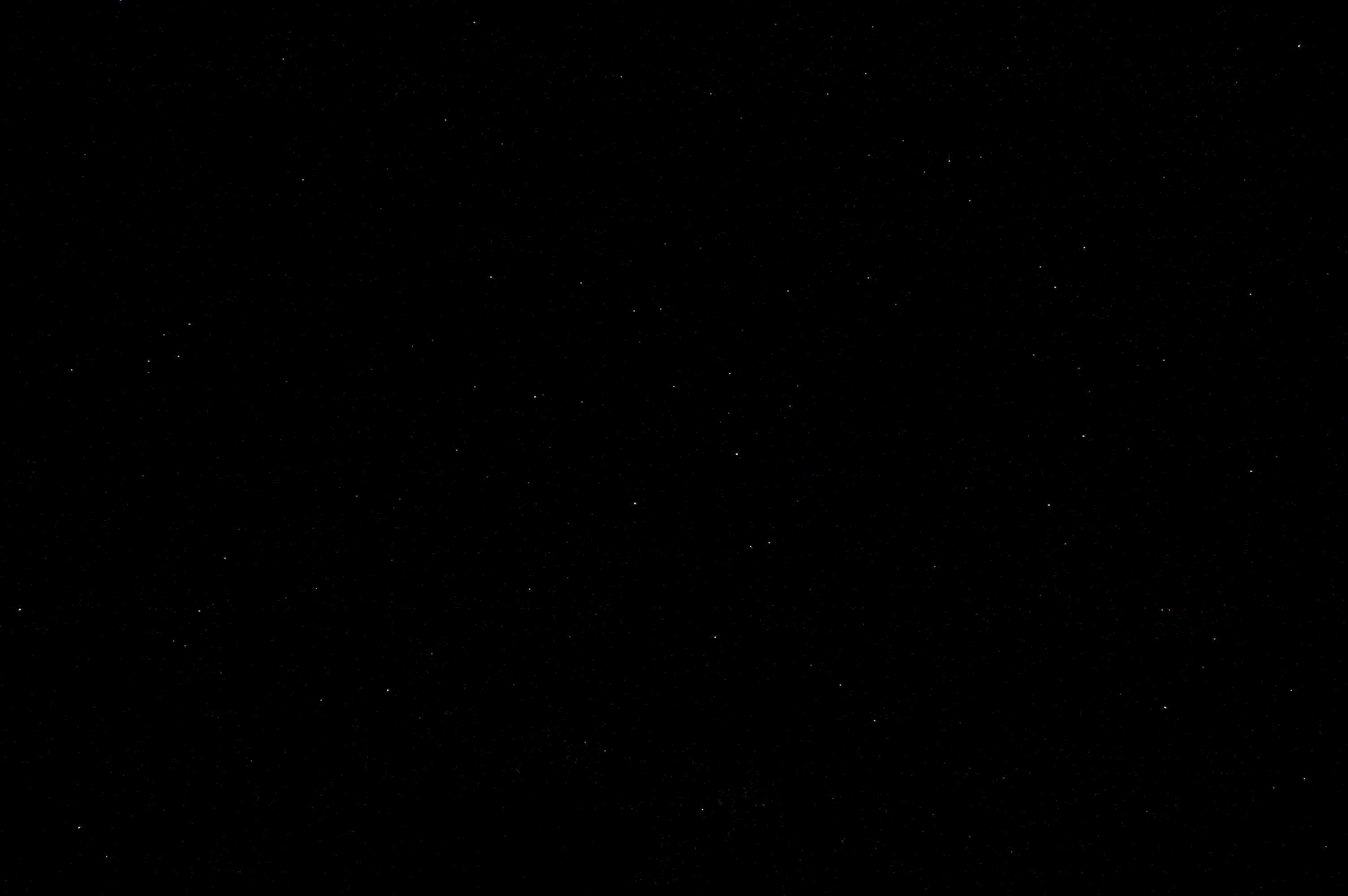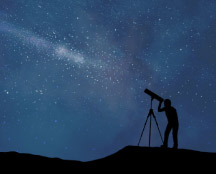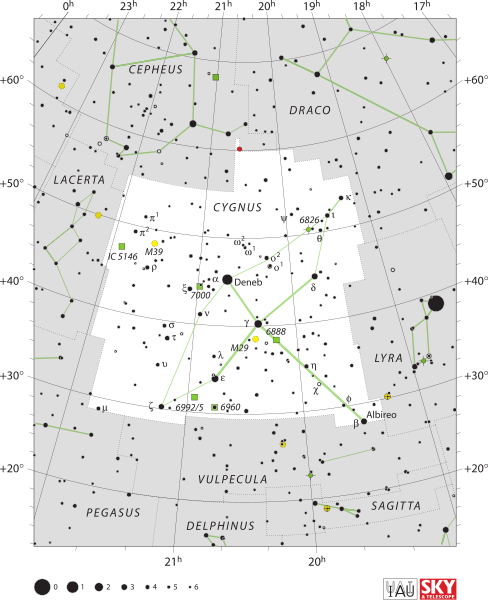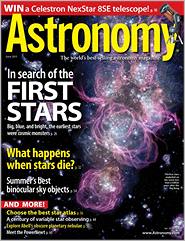
The first thing I do when I exit a building is look up. The only time I don’t do this is during inclement weather (usually defined as rain or snow or just overcast, but even clouds can be interesting). I try to locate the moon, if it’s supposed to be visible. If I can hear a flying vehicle (helicopter or prop plane or jet), I search the skies for them as well. I’ve given myself a crick in my neck and no few twisted ankles gazing skywards instead of watching where I was going. And my family just thought I was klutzy growing up. I decided to feature astronomy and telescopes for my eighth day of ‘Thirty Days of Thankfulness‘ series. The graphic to the left displays the skies above my house as they should appear the moment this post is published. If you’re reading this soon after it’s published, you’re either an insomniac or living down under. I will be sound asleep.
Asteroid Close-Up

The big news for today is an asteroid visitor flying close to the Earth, inside the perimeter of the Moon’s orbit. The Sky & Telescope web page article includes a chart and instructions for observing the asteroid (best seen from North America and the instructions even mention Kansas and Kansas City by name!). Look for it late in the day (near sunset).
Sun, Moon, Planets, Stars, Comets, Meteors
I am still blessed with good eyesight, at least of the far-seeing variety. My ability to read without assistance ended about five years ago thanks to my aging lenses in my aging eyeballs. Growing up with the space race in the 60s and 70s gave me not so much the astronaut bug but the astronomy one. I remember the first moon landing in 1969 and the first space shuttle launch in 1981. I still have the National Geographic magazines that featured the stunning photographs of Jupiter, Saturn, Mars, Neptune and Uranus from the Voyager Interstellar Mission (VIM). My grandfather, Daniel, worked for NASA‘s Ames Research Center as a glass blower and some of his work now rests on Mars from either the Mariner or the Viking missions.
Telescopes
I received my first telescope in the mid 70s as a Christmas gift from my dad. It was a three inch refractor that allowed me to view the moon, the planets and even a solar eclipse (by use of a clip-on white metal plate to project the image of the sun onto and avoid any eye damage). My parents stored the telescope while I was at college and while I started my family. Eventually, they brought it down to our home in Benton, where it sat neglected for the most part thanks to raising kids and working full-time. Sometime during the 90s, or during the move back to Leavenworth County, the telescope was either damaged or lost or both.
 Last year, as a birthday present, my father purchased a very nice Meade ETX-90 with several accessories and eyepieces, including an SLR digital camera (Pentax K100D – sans lenses). After a few months of fiddling and fine-tuning, I decided I could benefit from the wisdom of others and became a member of the Astronomical Society of Kansas City in the spring of this year. I tend to participate virtually and silently (for the most part) by following the group discussions and reading the monthly Cosmic Messenger newsletter I made it to two meetings this year and have not visited the Powell Observatory or tried the dark sky site, mostly because the cost of gasoline remained high and the weather for most of the summer did not cooperate by providing clear skies for optimal viewing opportunities.
Last year, as a birthday present, my father purchased a very nice Meade ETX-90 with several accessories and eyepieces, including an SLR digital camera (Pentax K100D – sans lenses). After a few months of fiddling and fine-tuning, I decided I could benefit from the wisdom of others and became a member of the Astronomical Society of Kansas City in the spring of this year. I tend to participate virtually and silently (for the most part) by following the group discussions and reading the monthly Cosmic Messenger newsletter I made it to two meetings this year and have not visited the Powell Observatory or tried the dark sky site, mostly because the cost of gasoline remained high and the weather for most of the summer did not cooperate by providing clear skies for optimal viewing opportunities.
Astro-Vacations
Provided the world does not end next year, I plan to take a vacation involving astronomical observing and camping. We might attend something like the Texas Star Party or just spend a week near Kitt Peak National Observatory near Tucson, Arizona. I even thought of finding a camp site in the Flint Hills, because when we drove back north through them in early October, the skies were crystal clear and very dark,, with few trees to obstruct the horizon.
Recommended Astronomy Links
Astronomy Magazine – http://www.astronomy.com/
Sky and Telescope Magazine – http://www.skyandtelescope.com/
The Astronomical League – http://www.astroleague.org/
The International Dark Sky Association – http://www.darksky.org/
Hubble Space Telescope – http://hubblesite.org/
NASA’s Astronomy Picture of the Day – http://apod.nasa.gov/apod/astropix.html





























